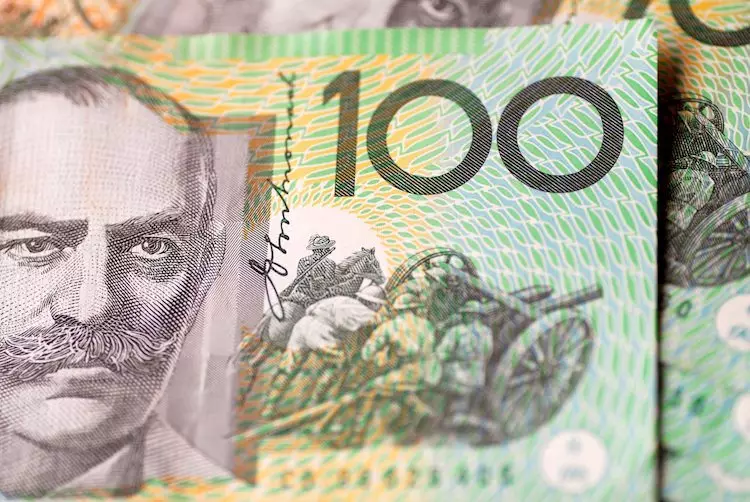As trading winds down towards the New Year, the Australian Dollar (AUD) has slid to 0.6215, signaling a continuation of a rough patch for the currency. This decline is underscored by a quiet trading atmosphere that has engulfed global markets as holidays approach, resulting in a tranquility that is often marred by unpredictability and volatility. The trading environment is thin, leading to difficulties for the Aussie to find a solid footing, particularly as investors gear up for festive celebrations that often take priority over market movements.
The lack of significant activity is exacerbated by a mix of financial policy uncertainties. December saw the U.S. Federal Reserve enact a modest rate cut of 25 basis points; however, this decision was accompanied by Federal Reserve Chair Jerome Powell’s cautious stance regarding further easing measures. With persistent inflation defying expectations, the Fed has indicated that fewer cuts might be anticipated through 2025. Underpinning these macroeconomic signals is the critical question of tariffs. Proposals from the incoming Trump administration hint at potential new tariffs, raising fears regarding inflation spikes that could inhibit aggressive rate cuts, thereby bolstering the U.S. dollar at the possible expense of the AUD.
Beyond the impending U.S. policies, the Australian Dollar must also contend with domestic factors primarily driven by the Reserve Bank of Australia (RBA). The RBA’s recent minutes reflect a growing inclination toward easing inflation, balancing the scales for potential interest rate reductions, possibly as early as February. Despite these hints, RBA Governor Michele Bullock has stressed a data-driven approach, maintaining a level of ambiguity about the likelihood of an imminent rate cut, with current odds suggesting a 65% chance.
As the AUD tumbles to 0.6215, technical indicators are offering a grim outlook. The Relative Strength Index (RSI) hovers around 27, signifying oversold conditions and a persistent bearish trend. Compounding this predicament is the Moving Average Convergence Divergence (MACD), which continues to display flat red bars, indicating entrenched selling pressure suggests that the AUD is not just facing momentary headwinds but possibly a deeper systemic challenge. The thin holiday trading conditions may prevent drastic movements in the currency, yet the lack of directional momentum leaves the Australian Dollar vulnerable to additional declines should negative catalysts emerge.
Understanding the forces shaping the Australian Dollar requires an analysis of several interconnected factors. One significant driver is the interest rate regime set by the RBA. Room for manipulation exists as higher rates compared to major economies can lend support to the AUD. Conversely, lower rates tend to exert downward pressure. Moreover, Australia’s commodity-based economy remains heavily dependent on the performance of its exports, with iron ore being the standout product. This relationship underscores the dominant influence of China’s economic health, Australia’s largest trading partner. When China experiences growth, its demand for raw materials rises, which in turn bolsters the AUD. Conversely, slowing growth in China can have detrimental effects on demand for Australian exports and the currency.
The dynamics surrounding iron ore prices are equally impactful. As Australia’s largest export sector, fluctuations in the price of iron ore substantially affect AUD valuation. A consistent rise in iron ore prices can strengthen the currency due to increased demand, while a downturn can send the AUD plummeting as trade surpluses shrink. The Trade Balance – the metric reflecting the economic difference between exports and imports – emerges as another crucial element influencing the Australian Dollar’s movements. A positive trade balance typically correlates with a stronger AUD due to foreign purchasing activity outweighing import outlays.
As we approach the end of the year, the Australian Dollar finds itself in a precarious position characterized by a blend of external pressures and domestic policy considerations. The interplay of market sentiment, U.S. Federal Reserve policies, and domestic economic indicators paints a complex picture. While traders remain cautious in festive, muted market conditions, the potential for volatility looms large. Should external factors or shifts in economic conditions signal change, the Australian Dollar could see rapid movements in either direction, adeptly highlighting the intersection of global economics and local policy in shaping currency values. For now, the AUD faces a test that requires a careful balance of optimism and pessimism as it navigates uncertain waters in a low liquidity environment.

